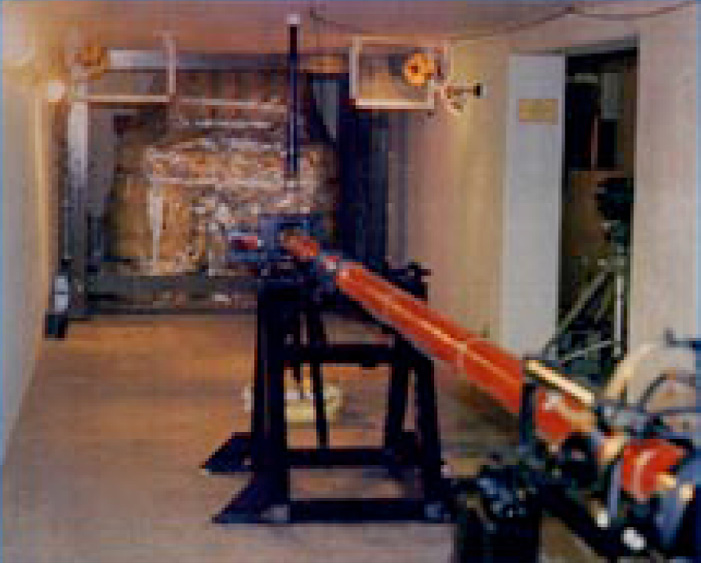Basics of Shelter Design
The purpose of a shelter is to provide a space where you and your family can survive a tornado or hurricane with little or no injury.
In hurricane-prone areas, the shelter cannot be built where it can be flooded during a hurricane. Your shelter should be readily accessible from all parts of your house, and it should be free of clutter. To protect the occupants during extreme windstorms, the shelter must be adequately anchored to the house foundation to resist overturning and uplift. The connections between all parts of the shelter must be strong enough to resist failure, and the walls, roof, and door must resist penetration by windborne missiles.

Extensive testing by Texas Tech University and other wind engineering research facilities has shown that walls, ceilings, and doors commonly used in house construction cannot withstand the impact of missiles carried by extreme winds. The shelter designs in this booklet account for these findings by specifying building materials and combinations of building materials that will resist penetration by missiles in extreme winds.
The shelter designs, including both materials and connections, are based on wind speeds that are rarely exceeded in the United States. Therefore, a shelter built according to these designs is expected to withstand the forces imposed on it by extreme winds without failing. Those forces may cause cracks or other signs of stress in the materials or connections used in the shelter, and they may cause materials or connections to yield. However, the intent of the designs is not to produce a shelter that will always remain completely undamaged, but rather a shelter that will enable its occupants to survive an extreme windstorm with little or no injury.
It is very important to note that predicting the exact strength of tornadoes and hurricanes is impossible. That is another reason why the shelter designs in this booklet are based on extreme wind speeds and why the primary consideration is life safety.
Designing a building to resist damage from more than one natural hazard requires different, sometimes competing, approaches. For example, building a structure on an elevated foundation to raise it above expected flood levels can increase its vulnerability to wind and seismic damage. These design approaches need to be thoroughly considered. In flood-prone areas, careful attention should be given to the warning time, velocity, depth, and duration of flood waters. These flooding characteristics can have a significant bearing on the design and possibly even the viability of a shelter.

Your local building official or licensed professional engineer or architect can provide you with information about other natural hazards that affect your area and can recommend appropriate designs.

